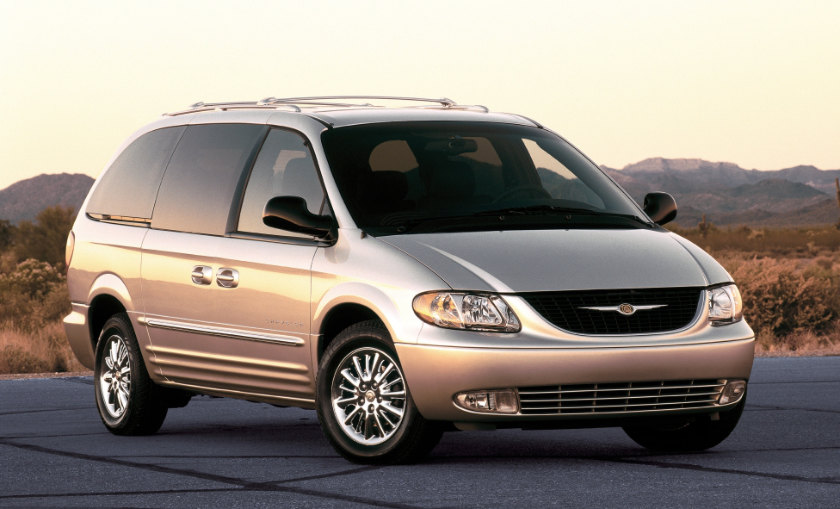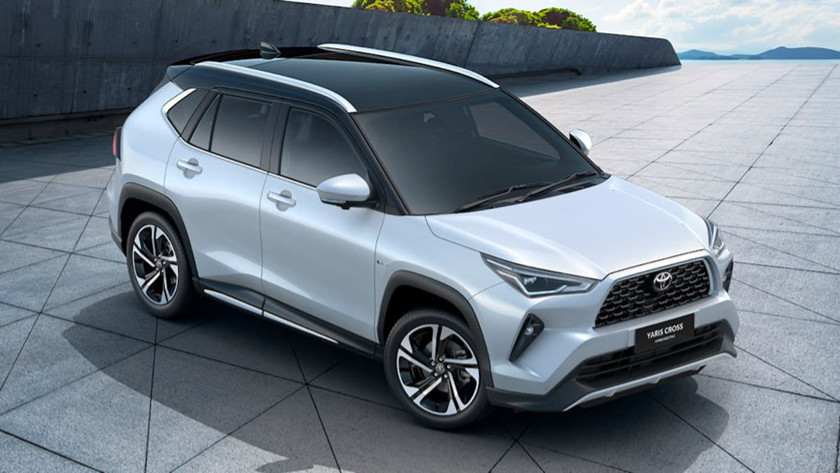Some weeks ago, as we neared this milestone, I planned to write a small blog post on reaching 1,100 cars at the Autocade site. And to show that these milestones are not rigged, we wound up with a fairly ghastly motor at that 1,100 mark.
Nissan Cherry (E10/KPE10). 1970–4 (prod. unknown). 2- and 4-door sedan, 3-door coupé, 3-door wagon. F/F, 988, 1171 cm³ (4 cyl. OHV). Small, front-wheel-drive range from Nissan, slotting beneath Sunny. First Nissan-designed car with front drive. Short front doors on all variants. Sporting model X-1 featured twin carburettors and 80 bhp. Unusually styled coupé (KPE10) from 1971, wagon from 1972. Mid-cycle update 1973. Exported usually as Datsun 100A and 120A. Usual Japanese virtues of quality, hitting Europe and American markets when they faced crises, and establishing Datsun as a leading player.
Yes, the old Cherry. Remember the horrible coupé model that looked like a mix of a regular Nissan Cherry, a SHADO Mobile from UFO, and a potato? It even looked bigger than the sedan—not what you’d usually expect when you consider the etymology of the word coupé.
Although Autocade hasn’t become a car reference site that slips off the tongue of most enthusiasts, 1,100-plus entries are nothing to be sneezed at. I have even noticed that Wikipedia sometimes references it—supporting my theory that if it exists online, Wikipedia will believe it. Never mind that something might be totally legitimate and be covered in the international print press: if it can’t be found by the editors on Google, it doesn’t exist. So much for meritocratic coverage—because even Google will refuse to list certain things. (On this note, the current Yahoo! Search is more comprehensive.)
But even then Wikipedia will get the occasional thing wrong. I noticed that its reference to the Camina, produced by Saehan of Korea, comes from Autocade. Yet it’s cited in Wikipedia as the Saehan Camina. Sorry, chaps: the vehicle was the Camina, with no reference to the company, although its successor was the Saehan Gemini.
I’m not saying Autocade is perfect—I found a few errors myself today—but I spot so many errors on Wikipedia that could be avoided if all netizens—and I include myself—were more responsible. Like email, blogs and YouTube comments, many things on the ’net go into a form of decline once the original purpose is lost. Of course Wikipedia editors need to rely on search engines, because there are probably too many people abusing the site, creating a culture of suspicion. The initial wave of contributors who came on board, hoping to beat the encyclopædias, has gone. Senior editors need to find a final arbiter that is impartial, and a search engine’s robot is freer from bias than a human being.
Perhaps I am being protective and even slightly hypocritical when I say I prefer the slow growth of Autocade, and its limited number of sysops, to the rapid development of Wikipedia. Of course information should be free, but the limited scope of Autocade helps ensure just a little more accuracy. The main problems I have with Wikipedia reflect less how many of its editors work (though I have cited at least one exception), and more how many of us choose to interact online, especially with the cloak of anonymity.
You can’t change that without changing the way people work online and take pride in what they do—and that’s just not going to happen when certain governments are quite content to divide us into the information-rich and the information-poor. But that is a point for another discussion.









One thought on “Autocade grows to 1,100 models: slowly but surely”